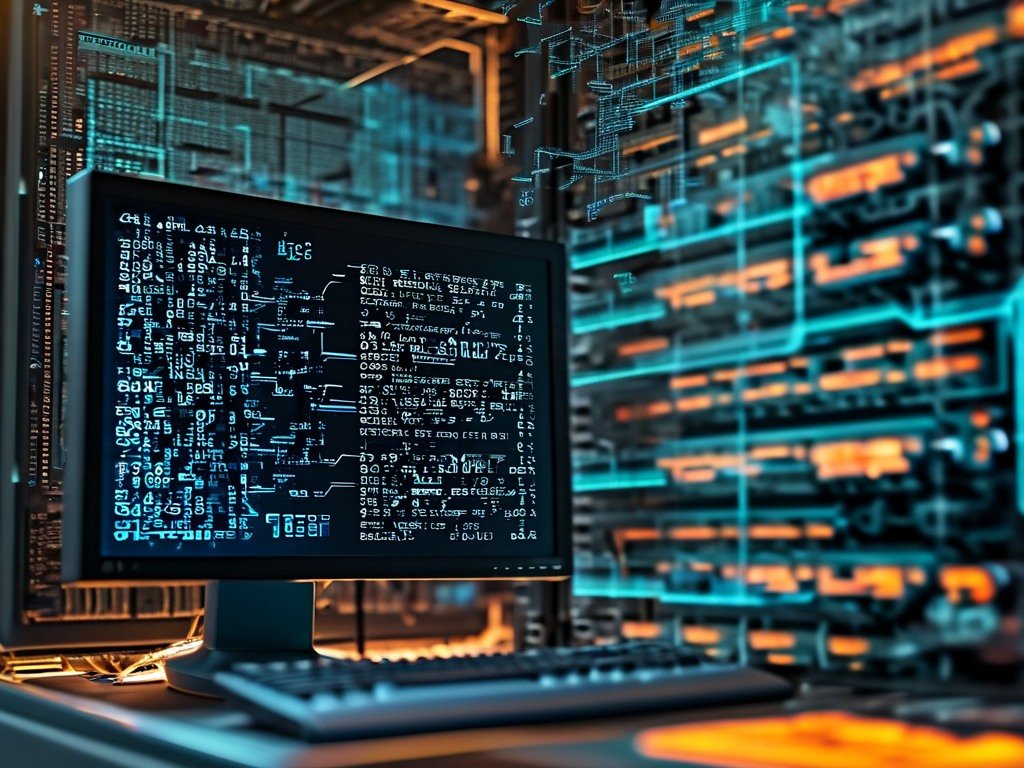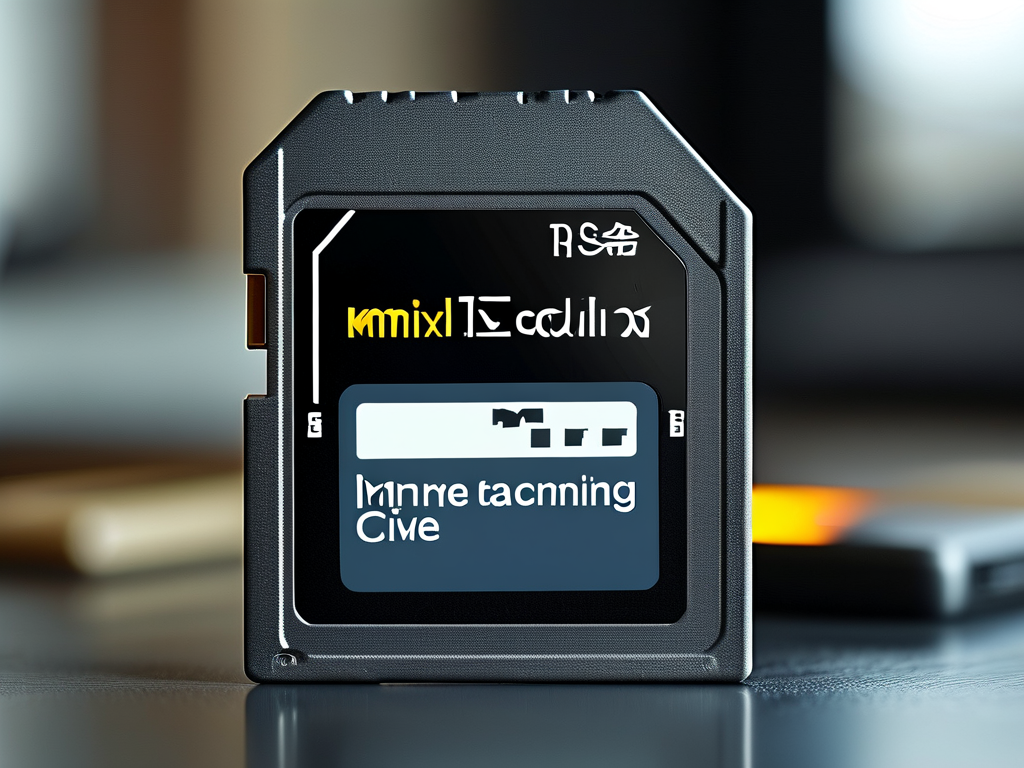In the realm of digital investigations and system diagnostics, computer memory data extraction has emerged as a critical process for retrieving volatile information that traditional storage forensics might miss. This article explores the methodologies, tools, and challenges associated with extracting actionable data from RAM, offering insights for cybersecurity professionals and IT specialists.

The Importance of Memory Forensics
Random Access Memory (RAM) stores temporary data while a system is operational, including passwords, encryption keys, and active network connections. Unlike hard drives or SSDs, RAM loses its contents upon power loss, making timely extraction essential. Memory analysis is particularly valuable in:
- Investigating cyberattacks (e.g., identifying malware processes)
- Recovering unsaved documents during system crashes
- Detecting unauthorized user activity
Key Extraction Techniques
1. Hardware-Based Acquisition
Specialized tools like FPGA-based sniffers or PCIe adapters can directly interface with memory modules. These devices create bit-for-bit copies of RAM contents without relying on the host operating system, minimizing contamination risks. For example, the PCILeech framework enables direct memory access via Thunderbolt ports, bypassing software safeguards.
2. Software Tools
Tools like Volatility and Rekall analyze memory dumps by mapping OS-specific structures. A basic Volatility command to list running processes might look like:
vol.py -f memory.dump --profile=Win10x64 pslist
Such tools decode artifacts like open files, registry keys, and network sockets, though their effectiveness depends on updated profile definitions for modern OS versions.
3. Cold Boot Attacks
This controversial method exploits RAM's data retention during brief power interruptions. By cooling memory chips (e.g., with compressed air), attackers extend data persistence and transfer modules to a controlled system for analysis. However, modern hardware with DDR4+ often implements countermeasures like automatic memory wiping.
Challenges in Memory Data Extraction
Encryption Barriers
Full-disk encryption solutions like BitLocker or VeraCrypt increasingly protect memory regions, with Windows 11 storing encryption keys in isolated security processors (TPM 2.0). This renders traditional extraction methods ineffective unless investigators capture decryption keys during pre-boot phases.
Anti-Forensic Tactics
Malware families such as Kernel-Level Rootkits actively manipulate memory structures to hide processes. Advanced threats may overwrite specific memory addresses or exploit virtual memory pagination to fragment evidence.
Hardware Diversity
The proliferation of ARM-based systems (e.g., IoT devices, Apple Silicon) complicates tool development. Unlike x86 architectures with standardized memory management, ARM chips often require custom extraction protocols.
Practical Applications
A 2023 case study involving ransomware recovery demonstrated how memory analysis identified a malicious DLL injected into a legitimate accounting software process. By extracting encryption keys from RAM, forensic teams decrypted files without paying the ransom.
In enterprise environments, continuous memory monitoring tools like Microsoft Azure's Live Memory Scan now integrate extraction capabilities, allowing real-time threat detection without interrupting operations.
Future Directions
Emerging techniques focus on non-invasive extraction, such as using electromagnetic emissions to reconstruct memory states—a method pioneered by researchers at the Fraunhofer Institute. Meanwhile, AI-driven analysis platforms are reducing manual effort in parsing massive memory dumps, with tools like MemAI automatically flagging suspicious memory patterns.
As cyberthreats evolve, computer memory data extraction remains a frontline defense for digital investigators. While technical hurdles persist, advancements in hybrid hardware/software approaches and machine learning integration are reshaping this field. Professionals must stay updated on both extraction methodologies and countermeasures to maintain forensic efficacy in an increasingly encrypted computing landscape.




